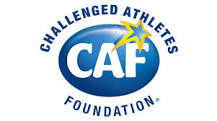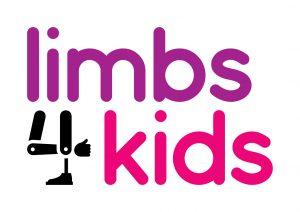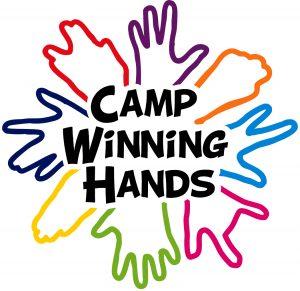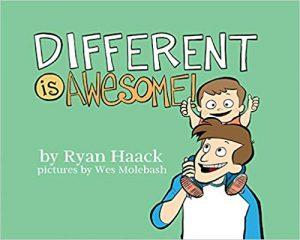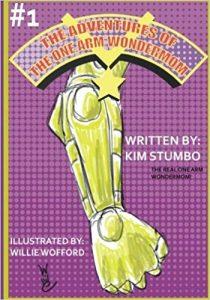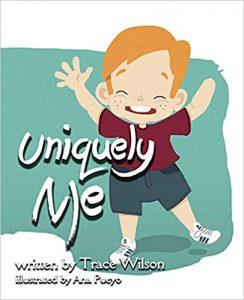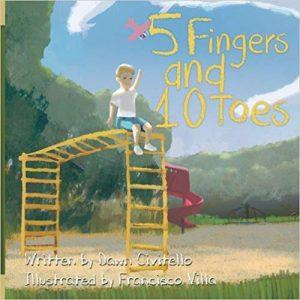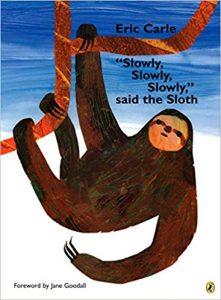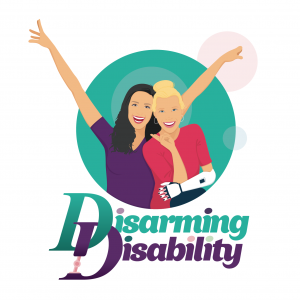The following is a selection of some of the scientific literature articles used to develop this website. Articles can be found via web searches with article tittle and first author or by pubmed id. We felt this selection provided helpful depth and insight to topics discussed.
The psychological and social impact of disfigurement to the hand in children and adolescents.
Bradbury E1.
The Manor Lodge Consulting Centre, The Alexandra Hospital, Cheadle, Cheshire SK8 2NT, UK. etbpsych@aol.com
Abstract
Hand disfigurement creates potential problems for the developing child. Parental adjustment to the hand is of prime importance in the child’s ability to accept and integrate the disfigurement. Self-consciousness follows a developmental path because of internal and external factors in the child’s development. This paper presents a research study carried out in order to examine the decision-making process in toe-to-hand transfers. 34 families were assessed of whom 27 decided to proceed with surgery following the decision-making process. Factors which influenced that decision included the way the surgeon communicated information. Those who decided against surgery tended to have more positive beliefs about the role of the disfigured hand in the child’s psychological development. The process of decision-making allowed families and the older children to engage in a therapeutic approach.
PMID: 17687987
Mixed feelings of children and adolescents with unilateral congenital below elbow deficiency: an online focus group study.
de Jong IG1, Reinders-Messelink HA, Janssen WG, Poelma MJ, van Wijk I, van der Sluis CK.
Department of Rehabilitation Medicine, University Medical Center Groningen, Groningen, The Netherlands.
Abstract
The existing literature is inconsistent about the psychosocial functioning of children and adolescents with Unilateral Congenital Below Elbow Deficiency (UCBED). The objective of this qualitative study was to explore the psychosocial functioning of children and adolescents with UCBED in terms of their feelings about the deficiency and what helps them to cope with those feelings. Additionally, the perspectives of prosthesis wearers and non-wearers were compared, as were the perspectives of children, adolescents, parents and health professionals. Online focus group interviews were carried out with 42 children and adolescents (aged 8-12, 13-16 and 17-20), 16 parents and 19 health professionals. Questions were asked about psychosocial functioning, activities, participation, prosthetic use or non-use, and rehabilitation care. This study concerned remarks about psychosocial functioning. Children and adolescents with UCBED had mixed feelings about their deficiency. Both negative and positive feelings were often felt simultaneously and mainly depended on the way people in the children’s environment reacted to the deficiency. People staring affected the children negatively, while support from others helped them to cope with the deficiency. Wearing a prosthesis and peer-to-peer contact were also helpful. Non-wearers tended to be more resilient than prosthesis wearers. Wearers wore their prosthesis for cosmetic reasons and to prevent them from negative reactions from the environment. We recommend that rehabilitation teams make parents aware of their great influence on the psychosocial functioning of their child with UCBED, to adjust or extend the currently available psychosocial help, and to encourage peer-to-peer contact.
PMID: 22715362
Coping with congenital hand differences.
Franzblau LE1, Chung KC, Carlozzi N, Chin AY, Nellans KW, Waljee JF.
Ann Arbor, Mich.; and Hempstead, N.Y. From the Section of Plastic Surgery and the Department of Physical Medicine and Rehabilitation, University of Michigan Medical School; and the Department of Orthopaedic Surgery, Hofstra North Shore-Long Island Jewish School of Medicine.
Abstract
BACKGROUND:
Although functional outcomes following reconstruction for congenital hand differences are frequently described, much less is known regarding children’s ability to cope with the psychosocial effects of these conditions. The authors qualitatively explored stress and coping mechanisms among children following reconstructive surgery for congenital hand differences.
METHODS:
Forty patients and their parents participated in semistructured interviews examining children’s stress related to hand functioning and appearance, emotional responses to stress, and coping strategies. Interviews were audio-taped, transcribed, and analyzed thematically. A consensus taxonomy for classifying content evolved from comparisons of coding by two reviewers. Themes expressed by participants were studied for patterns of connection and grouped into broader categories.
RESULTS:
In this sample, 58 percent of children and 40 percent of parents reported stress related to congenital hand differences, attributed to functional deficits (61 percent), hand appearance (27 percent), social interactions (58 percent), and emotional reactions (46 percent). Among the 18 children who reported stress, 43 percent of parents were not aware of the presence of stress. Eight coping strategies emerged, including humor (12 percent), self-acceptance (21 percent), avoidance (27 percent), seeking external support (30 percent), concealment (30 percent), educating others (9 percent), support programs (21 percent), and religion (24 percent).
CONCLUSIONS:
Although children with congenital hand differences often experience emotional stress related to functional limitations and aesthetic deformities, many apply positive coping mechanisms that enhance self-esteem. Clinicians caring for children with congenital hand differences should inform families about potential sources of stress to direct resources toward strengthening coping strategies and support systems.
PMID:25502854
Coping when a child has a disability: exploring the impact of parent-to-parent support.
Kerr SM1, McIntosh JB.
Nursing and Midwifery School, University of Glasgow, Glasgow, UK. s.kerr@clinmed.gla.ac.uk
Abstract
AIM:
To explore the impact of parent-to-parent support when a child is born with a disability.
DESIGN:
The research approach was qualitative. Data were collected retrospectively and were derived from in-depth interviews with parents. The audio-taped interviews were transcribed and then analysed using constant comparative procedures.
SETTING:
Scotland.
PARTICIPANTS:
The parents of 63 children born with a congenital upper limb deficiency.
FINDINGS:
The early weeks and months following the birth of their baby was a difficult and emotional time for most parents. Feelings of isolation were common and there was a lot of concern about what the future would hold. Although a certain amount of support was derived from contact with family, friends and health professionals, parents did not generally obtain the level of support that was required from these sources. Contact with other parents of limb-deficient children, however, clearly exerted a powerful stress-buffering influence, providing much needed emotional, social and practical support.
CONCLUSIONS:
This study suggests that parents of children with special needs are uniquely qualified to help each other. The challenge is to ensure that health professionals are aware of the potential benefits of parent-to-parent support and provide parents with information about appropriate local organizations/ contacts
PMID: 10931070
Strengths, challenges, and relational processes in families of children with congenital upper limb differences.
Murray, Christine E.,Kelley-Soderholm, Erin L.,Murray Jr., Thomas L.
Families, Systems, & Health, Vol 25(3), Sep 2007, 276-292
Congenital upper limb differences are physical health conditions in which an individual is born with abnormalities of the upper limbs (i.e., arms, hands, and/or fingers). This article presents a qualitative study about the unique strengths, challenges, and relationship processes in families of children with congenital upper limb differences. Four in-depth focus groups were conducted with parents of children with congenital upper limb differences. Content analysis procedures were used to analyze the data. The results indicated the following: (a) The strengths and resources of these families included a belief in the human universality of differences, connections with similar families, reliance on a strong social support network, and humor; (b) the challenges the families faced included managing grief-related emotions, making medical decisions, and promoting the child’s development; and © family relationships were affected through the parents’ expression of emotion, opportunities for closeness, and relationships with other family members, such as extended family and siblings. (PsycINFO Database Record © 2016 APA, all rights reserved)
Adjusting to disfigurement: processes involved in dealing with being visibly different.
Thompson A1, Kent G.
Barnsley Community and Priority Services, National Health Service Trust, Keresforth Centre, 11/12 Keresforth Close, Barnsley S70 6RS, UK. ARThompson@eggconnect.net
Abstract
This paper reviews current psychological understandings of the process of adjustment to acquired and congenital disfiguring conditions, such as burns, dermatological diseases, and cleft palate. It is primarily aimed at researchers and clinicians interested in understanding and ameliorating the psychosocial impact of such disfigurements. The literature was accessed using psychological, medical, and nursing databases. The research indicates that the experience of disfigurement is multifaceted, involving individual and societal factors. The adjustment process involves the way that disfigured people interpret their disfigurement, their self, and their encounters with others. These interpretations are likely to be influenced by the interaction between various underlying cognitive self-schemas and the social context. Efficacious interventions provide disfigured people with practical strategies to deal with social encounters and/or tackle underlying cognitive processes. However, many of the studies examined were methodologically limited or uninformed by psychological theory. Future research is needed to gain a better appreciation of the experience of living with a disfigurement and to inform the development of effective clinical interventions. In particular, there is a need for studies using longitudinal and qualitative methologies, as this would foster greater understanding of the psychological and emotional processes involved in adjusting to disfiguring conditions.
PMID:11434225

